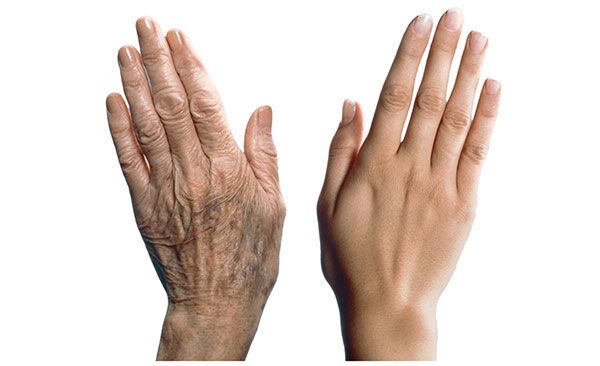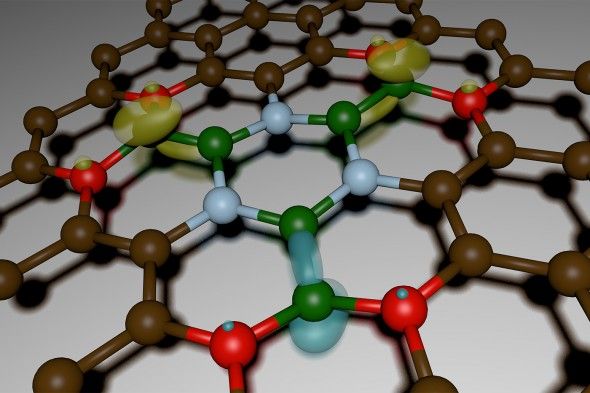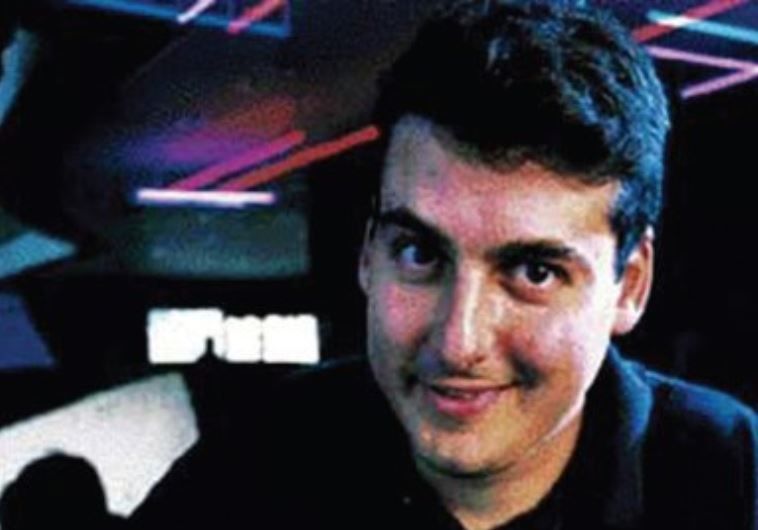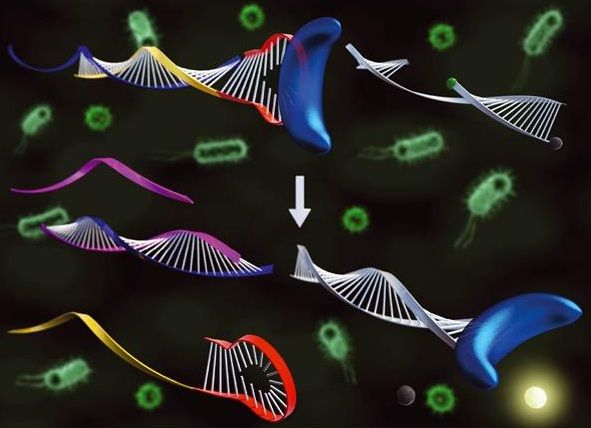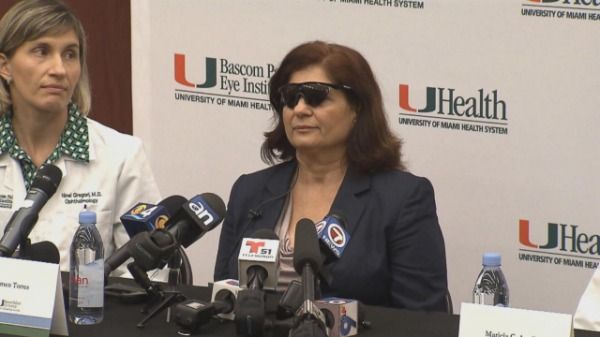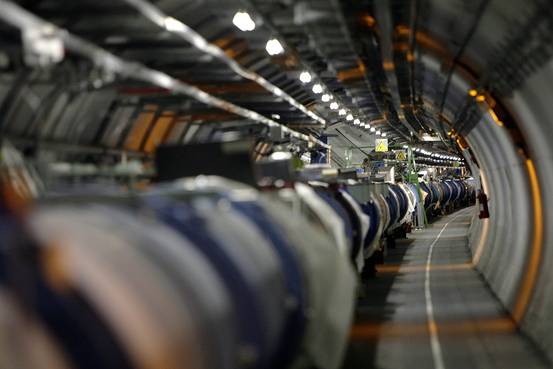August 3, 2015 The question of why we age is one of the most fascinating questions for humankind, but nothing close to a satisfactory answer has been found to date. Scientists at the Leibniz-Institut für Molekulare Pharmakologie in Berlin have now shown, for the first time, that the ER loses its oxidative power in advanced age, which shifts the reducing/oxidising equilibrium — redox for short — in this compartment. This leads to a decline in the capacity to form the disulphide bridges that are so important for correct protein folding. As a consequence, many proteins can no longer mature properly and become unstable.
Page 10880
Aug 3, 2015
WISH COME TRUE: 8-year-old Zion receives the world’s first pediatric double hand transplant at Children’s Hospital of Philadelphia
Posted by Lily Graca in category: biotech/medical
WISH COME TRUE: 8-year-old Zion receives the world’s first pediatric double hand transplant at Children’s Hospital of Philadelphia. http://nbcnews.to/1SLmf5m.
Aug 2, 2015
From cameras to computers, new material could change how we work and play
Posted by Simon Waslander in categories: computing, energy, life extension, physics
Serendipity has as much a place in science as in love. That’s what Northeastern physicists Swastik Kar and Srinivas Sridhar found during their four-year project to modify graphene, a stronger-than-steel infinitesimally thin lattice of tightly packed carbon atoms. Primarily funded by the Army Research Laboratory and Defense Advanced Research Projects Agency, or DARPA, the researchers were charged with imbuing the decade-old material with thermal sensitivity for use in infrared imaging devices such as night-vision goggles for the military.
What they unearthed, published Friday in the journal Science Advances, was so much more: an entirely new material spun out of boron, nitrogen, carbon, and oxygen that shows evidence of magnetic, optical, and electrical properties as well as DARPA’s sought-after thermal ones. Its potential applications run the gamut: from 20-megapixel arrays for cellphone cameras to photo detectors to atomically thin transistors that when multiplied by the billions could fuel computers.
Aug 2, 2015
The latest facial recognition technology works in the dark
Posted by Bryan Gatton in category: futurism
It’s getting harder and harder to get away from the cameras these days, and now a new type of facial recognition system goes further than most: it uses infrared scanning technology to match the thermal heat signature of a person’s with a standard photograph of it. In other words, you can now be seen in the dark.
Aug 2, 2015
Synthetic biology – the next big thing
Posted by Shailesh Prasad in categories: biotech/medical, chemistry, nanotechnology
Synthetic biology programming microorganisms to perform some new functions. Genes are made out of DNA; synthetic biology involves inserting synthetic genes that might not have existed before into yeast and reprogramming them to make a new chemistry or things not made naturally by biology. Each gene codes for an enzyme. One can program a new set of enzymes and convert them to intermediate products. If you go through five or even 15 steps, you can get a final product – a polymer, a new drug – creating a chemical factory inside a cell. This is much better than nanotechnology, because in synthetic biology, we get down to molecular size…
Prof. Joseph Jacobson, a leading physicist at the Massachusetts Institute of Technology, is not only the inventor of e-ink but also a mover in creating artificial DNA to eventually cure diseases.
Aug 2, 2015
Affordable genetic diagnostic technique for target DNA analysis developed
Posted by Shailesh Prasad in categories: biotech/medical, chemistry, engineering, genetics
Professor Hyun-Gyu Park of the Department of Chemical and Biomolecular Engineering at Korea Advanced Institute of Science and Technology (KAIST) has developed a technique to analyze various target DNAs using an aptamer, a DNA fragment that can recognize and bind to a specific protein or enzyme. This technique will allow the development of affordable genetic diagnosis for new bacteria or virus, such as Middle Ease Respiratory Syndrome (MERS). The research findings were published in the June issue of Chemical Communications, issued by the Royal Society of Chemistry in the United Kingdom. The paper was selected as a lead article of the journal.
Aug 2, 2015
This pen can 3D-print cells onto injured body parts
Posted by Shailesh Prasad in category: 3D printing
Researchers are working on a 3D printing pen that will allow surgeons draw regenerative cells onto injured body parts — the Biopen.
Aug 1, 2015
Bionic Eye Restores Woman’s Vision
Posted by Sean Brazell in categories: cyborgs, transhumanism
Watch the video Bionic Eye Restores Woman’s Vision on Yahoo News. Carmen Torres is the first to receive the life-changing implant in Florida.
Aug 1, 2015
Physicists Restart Souped-Up Hadron Collider
Posted by Dan Kummer in category: particle physics
CERN’s Large Hadron Collider, after a two-year shutdown, has begun a new quest to probe some of the biggest puzzles about the universe, such as dark matter and the possible presence of other dimensions.

As technology visionary Ray Kurzweil put it, “maybe our whole universe is a science experiment of some junior high school student in another universe.” (Given how things are going, he jokes, she may not get a good grade.)
